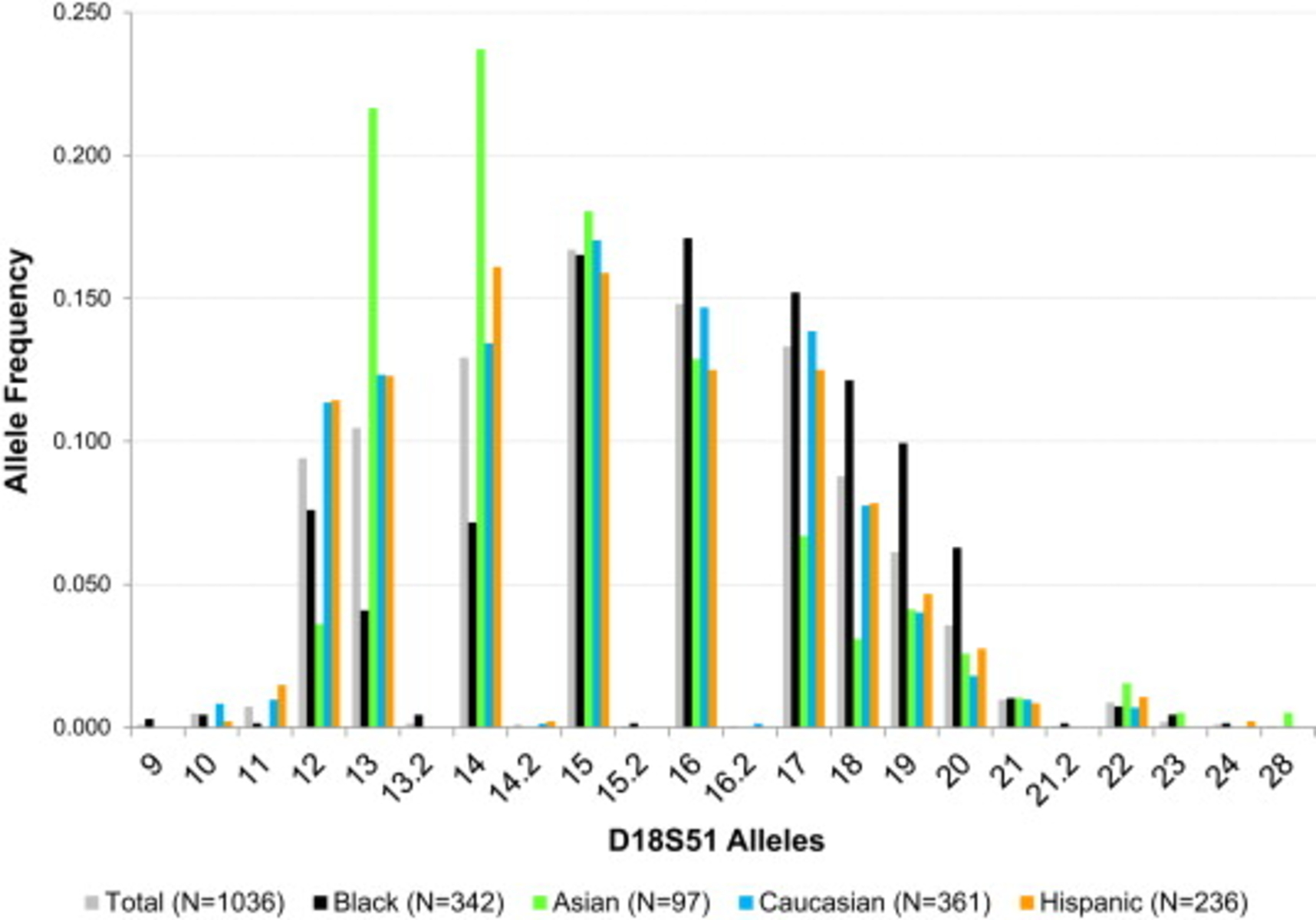
Allele frequency is a fascinating concept in the field of biology that plays a crucial role in understanding genetic diversity within populations. An allele is a variant form of a gene, and allele frequency refers to the proportion of a specific allele within a population. By studying allele frequencies, scientists can gain insights into evolutionary processes, population genetics, and even the prevalence of genetic disorders.
In this article, we will delve into the intriguing world of allele frequency and explore nine fascinating facts that can shed light on this important biological concept. From the factors influencing allele frequencies to the role of natural selection in shaping genetic variation, we will uncover the intricate mechanisms at play. So, buckle up and get ready to uncover the secrets hidden within the world of allele frequency!
Key Takeaways:
- Allele frequency can vary between different groups of living things, and this can tell us a lot about how they adapt to their environments and evolve over time.
- Scientists use allele frequency to understand genetic diversity and even solve mysteries in forensic investigations, like figuring out who might be related to whom!
Allele frequency can vary across populations
Allele frequencies can differ between different populations, whether they are geographically isolated or have distinct genetic backgrounds. Factors such as migration, genetic drift, and natural selection contribute to these variations.
High allele frequency can indicate genetic adaptation
When a specific allele becomes more common in a population, it can indicate that individuals carrying that allele have a selective advantage in their environment. This can be observed in traits such as disease resistance or adaptation to specific ecological niches.
Genetic drift can lead to changes in allele frequency
Genetic drift refers to random fluctuations in allele frequencies within a population over time. In small populations, genetic drift can have a significant impact, leading to the loss or fixation of alleles. This phenomenon is more pronounced in isolated populations.
Mutation plays a crucial role in creating new alleles
Mutations are the ultimate source of genetic variation. New alleles arise through mutations, which can range from small changes in DNA sequences to larger structural rearrangements. These new alleles can then spread or become fixed in a population over time.
Selection pressures can influence allele frequencies
Natural selection acts on the variation present within a population, favoring certain alleles that confer a greater fitness advantage. This results in a change in allele frequency over generations, as advantageous alleles become more prevalent.
Genetic diversity affects allele frequency
Populations with high genetic diversity tend to have more varied allele frequencies compared to populations with low genetic diversity. Genetic diversity can provide a greater pool of alleles for natural selection to act upon, promoting adaptation and resilience.
Gene flow can impact allele frequency
Gene flow occurs when individuals migrate between populations and introduce their genetic material. This influx of new alleles can alter the existing allele frequencies, potentially increasing genetic diversity and influencing adaptation in recipient populations.
Genetic markers are used to estimate allele frequencies
Researchers often use genetic markers, such as single nucleotide polymorphisms (SNPs), to estimate allele frequencies in populations. These markers provide valuable insights into the genetic makeup and diversity of different groups.
Allele frequency can be used in forensic investigations
By studying allele frequencies in specific populations, forensic scientists can make inferences about the likelihood of an individual belonging to a particular group. This information is crucial in DNA profiling and can help in criminal investigations and ancestry tracing.
In conclusion, allele frequency is a dynamic and essential concept in biology. By studying the frequencies of variations within populations, scientists can gain insights into genetic diversity, evolution, and even forensic investigations. Understanding the factors that influence allele frequencies allows us to unravel the complex patterns of life’s diversity.
Conclusion
In conclusion, understanding allele frequency is crucial in the field of biology. It provides valuable insights into the genetic makeup of populations and how traits are inherited and maintained over generations. The nine intriguing facts highlighted in this article shed light on the fascinating world of allele frequency.From the impact of natural selection on allele frequencies to the role of migration and genetic drift, these facts offer a comprehensive understanding of the factors that influence genetic variation in populations. Additionally, the concept of Hardy-Weinberg equilibrium and the effects of inbreeding and outbreeding on allele frequencies provide a deeper appreciation of the intricate processes at play.By studying allele frequency, scientists can gain valuable knowledge about disease susceptibility, evolution, adaptation, and even forensic analysis. The continuous research in this field helps us unlock the secrets of our genetic diversity and unravel the complexities of life itself.
FAQs
Q: What is allele frequency?
A: Allele frequency refers to the frequency at which a specific allele occurs within a population’s gene pool.
Q: Why is allele frequency important?
A: Understanding allele frequency is crucial for studying genetic variation, evolution, disease susceptibility, and population dynamics in biology.
Q: What factors can influence allele frequency?
A: Factors such as natural selection, genetic drift, mutation, migration, and assortative mating can influence allele frequency in a population.
Q: How is allele frequency calculated?
A: Allele frequency is calculated by dividing the number of copies of a specific allele by the total number of alleles in a population.
Q: What is the Hardy-Weinberg equilibrium?
A: The Hardy-Weinberg equilibrium is a principle that states that the frequency of alleles in a population will remain constant from one generation to the next if certain conditions are met.
Q: How does genetic drift affect allele frequency?
A: Genetic drift refers to random changes in allele frequency within a population due to chance events. It can lead to the loss or fixation of alleles over time.
Q: What role does migration play in allele frequency?
A: Migration can introduce new alleles to a population or remove existing ones, influencing and altering the allele frequency within that population.
Q: Can allele frequency change over time?
A: Yes, allele frequency can change over time due to various factors such as natural selection, genetic drift, mutation, migration, and genetic recombination.
Q: How does inbreeding impact allele frequency?
A: Inbreeding increases homozygosity and can lead to the loss of genetic diversity and an increase in the frequency of recessive genetic disorders.
Allele frequency fascinates scientists and laypeople alike. Understanding its intricacies helps unravel mysteries of genetics/">population genetics, shedding light on how traits spread through groups over time. Genetics as a field brims with astounding facts, from inheritance patterns to gene expression. Grasping allele frequency also illuminates genetic variation, explaining why individuals differ despite shared ancestry. Exploring these related topics deepens appreciation for life's complexity and diversity.
Was this page helpful?
Our commitment to delivering trustworthy and engaging content is at the heart of what we do. Each fact on our site is contributed by real users like you, bringing a wealth of diverse insights and information. To ensure the highest standards of accuracy and reliability, our dedicated editors meticulously review each submission. This process guarantees that the facts we share are not only fascinating but also credible. Trust in our commitment to quality and authenticity as you explore and learn with us.


